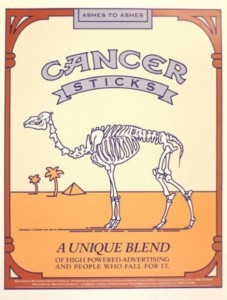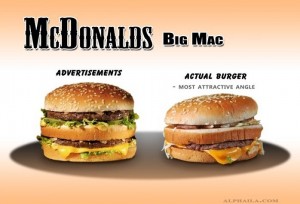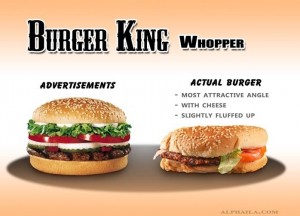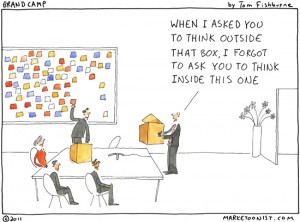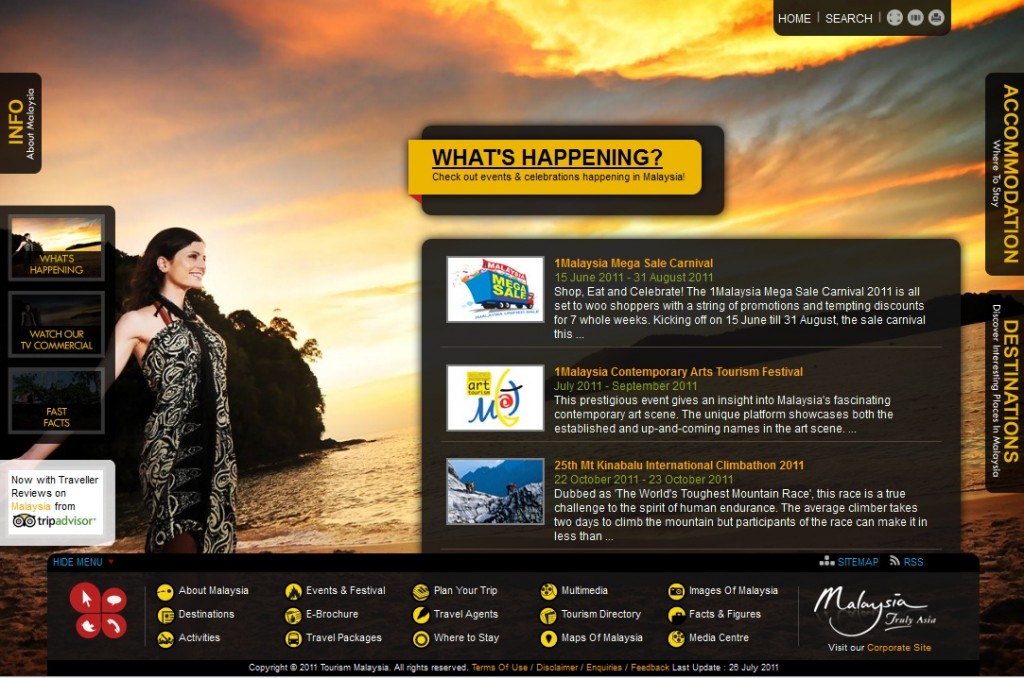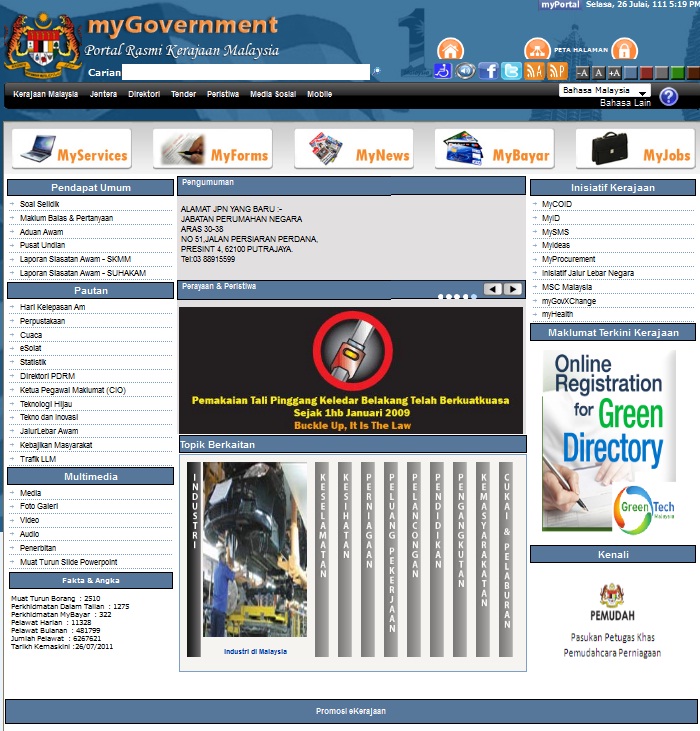Even Amazon – one of the world’s largest web retailers – is using an age-old direct marketing technique to sell on its homepage; the humble sales letter.
Most people think direct marketing is junk mail, especially the letter, who the hell would want to read a boring, wordy letter?
Then why would Amazon post-up a sales letter – the longest one I’ve seen online – right in the middle of its homepage?

No, the people at Amazon have not gone nuts.
They just know that if you want to sell, then there is no other marketing discipline that works harder, more effectively and for a fraction of the cost than direct marketing.
In this case a piece of eloquently written letter signed by Jeff Bezos, carefully targeted to those who’ve previously bought books at Amazon (I think), promoting the new Kindle Fire.
I think this is a brilliant demonstration of how direct marketing – via a single sales letter – can still work online amidst far aesthetically superior interactive communication methods.
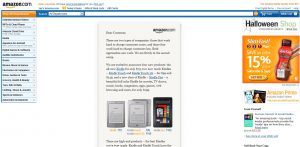
A few of my observations:
- Note that a catchy, punchy or hard-sell headline is non-existent. Amazon must have really gone nuts, huh?
- The letter starts with a story about how they are cheaper, without sounding cheap; a story well told in these economically uncertain times
- Paragraphs after paragraphs of honest, friendly tone of voice supported by hard product features and facts
- The Founder and CEO’s signature reassures the reader that the claims in this letter are not empty promises
- The letter ends with a postscript or PS; which most ‘experts’ think is useless. It is proven that the PS is the most read element of a letter after the headline and first line of copy
So DM detractors of the world, if Amazon’s letter-based sales pitch is anything to go by, then direct marketing still rules.

